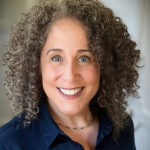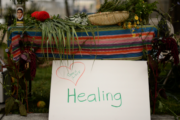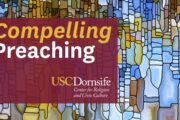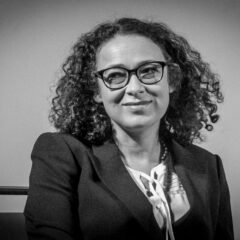My dual roles as a Jewish sociologist and a sociologist of American Jewry come to the forefront during the Jewish High Holidays. Each year, as I take part in the holidays, I marvel at the annual appearance of many who do not otherwise enact their Jewish identities. While more Jews celebrate Hanukah and Passover than any other Jewish holidays, those celebrations are home-based. In contrast, the High Holidays are more commonly observed in community, making Jews’ expressions of Jewish identity more apparent than at other times.
The annual flood of would-be congregants warrants its own entry in the Urban Dictionary, which describes the participants in this spectacle: “a ‘High Holiday Jew,’ is a Jewish person who almost never goes to synagogue except during the two biggest holidays of the year.” On Rosh Hashanah and Yom Kippur, synagogues that struggle to fill the seats during the rest of the year must make alternative arrangements to accommodate the volume of these temporary worshipers. This year, Jews in Los Angeles will observe the High Holidays at the Dorothy Chandler Pavilion, the Skirball Cultural Center, in rented high school auditoriums, hotel conference rooms, retreat centers, and in church sanctuaries—where the crosses will be tastefully draped with fabric.
While many will attend conventional services in unconventional venues, others will find their way to alternative modes of holiday observance. And in the Hebrew year of 5773, there are scores of alternatives in Los Angeles. To begin the holiday of Rosh Hashanah, Sinai Temple hosted an event called “Rosh HashanahLIVE: Something for Everyone,” a musical celebration featuring singer/songwriter Craig Taubman. Metivta: Center for Contemplative Judaism offered a service that incorporated Hebrew Kirtan, a form of chant developed in India to encourage participation, enhance a sense of community and foster ecstatic communion with the divine. The Chai Center (an outreach organization) offered a Rosh Hashanah service at the Writer’s Guild Theater that promised to be “in English, with meaning, melody and humor,” followed by “The Largest Jewish New Years Eve Party.” Â Kol Nidre, the evening service that begins Yom Kippur, (the Day of Atonement) can be observed from the comfort of your home computer, as the service will be streamed live from Santa Monica and transmitted via the jewishjournal.com.
Of course, alternative modes of worship are not unique to Los Angeles. Storahtelling, a New York City based organization that couples drama and storytelling techniques with Jewish texts, is presenting its sixth year of “alternative and creative services” at the City Winery, featuring “a remix of traditional and modern liturgy.” Â During a Rosh Hashanah service for young adults at the Jewish Museum of Florida, attendees were encouraged to text the rabbi with their transgressions, apologies, and reflections. Throughout the service, the texts were posted anonymously on a five-foot screen for all to contemplate.
Finally, there are those who choose to unplug completely. In the San Francisco Bay Area, a small group of friends—including a few Jewish communal professionals and at least one scholar of Jewish studies—gathers in a park each year. They devise their own “service,” which includes a few traditional prayers, time for personal reflection and journaling, along with discussions about texts from a variety of sources, including philosophy, poetry, and the Bible.
During this time of year, the multiplicity of Jewish expression is highly visible. The wide array of opportunities underscores the variety of expressions of contemporary Jewish identity. To varying extents, each service illustrates a negotiation of traditional and contemporary sensibilities. As such, each might be characterized as a point on a continuum of cosmopolitanism and parochialism. Every year, as I—along with tens of thousands of other American Jews—choose what type of Jewish experience to have, I also navigate another continuum: that between participant and observer.
Tobin Belzer is a contributing fellow with the USC Center for Religion and Civic Culture.







